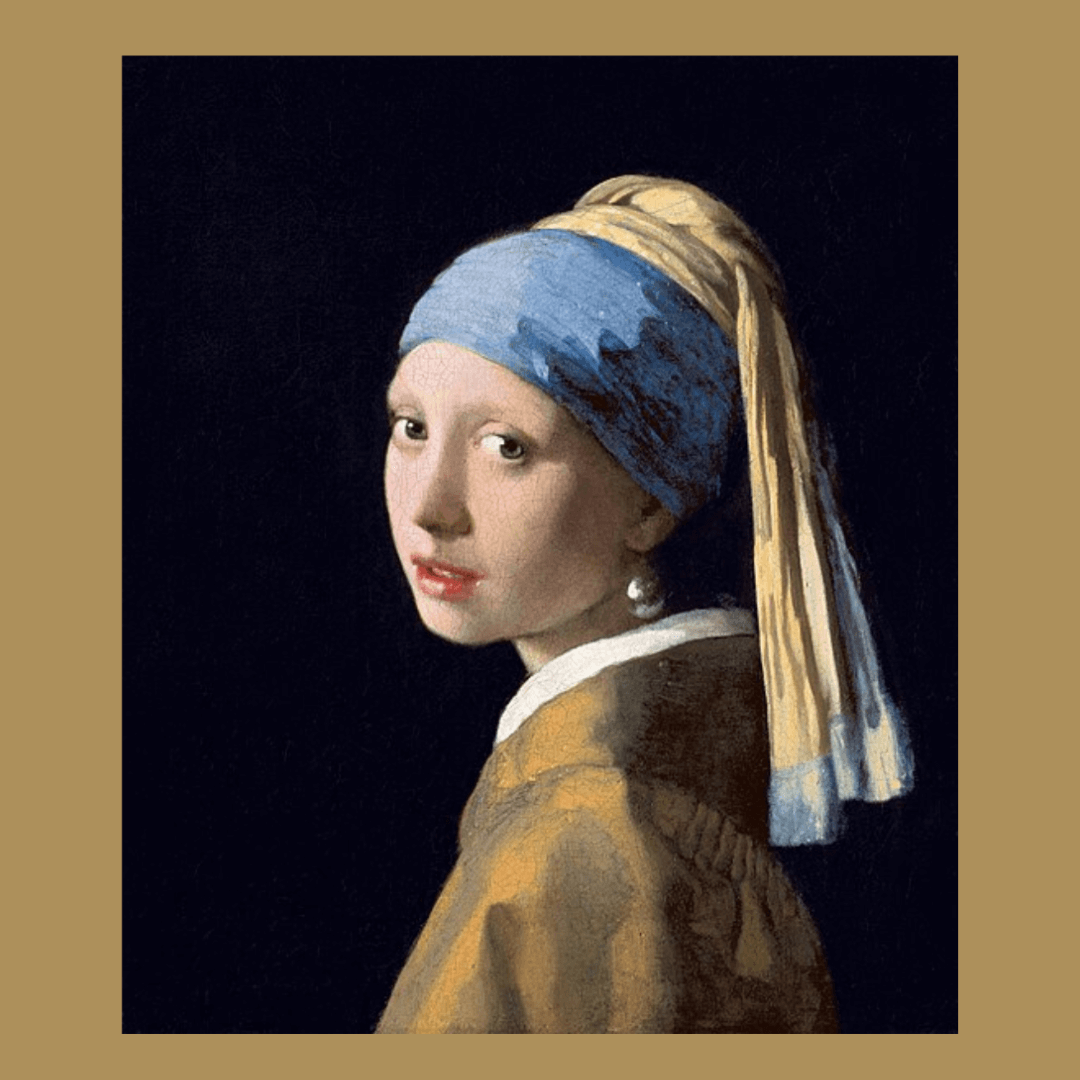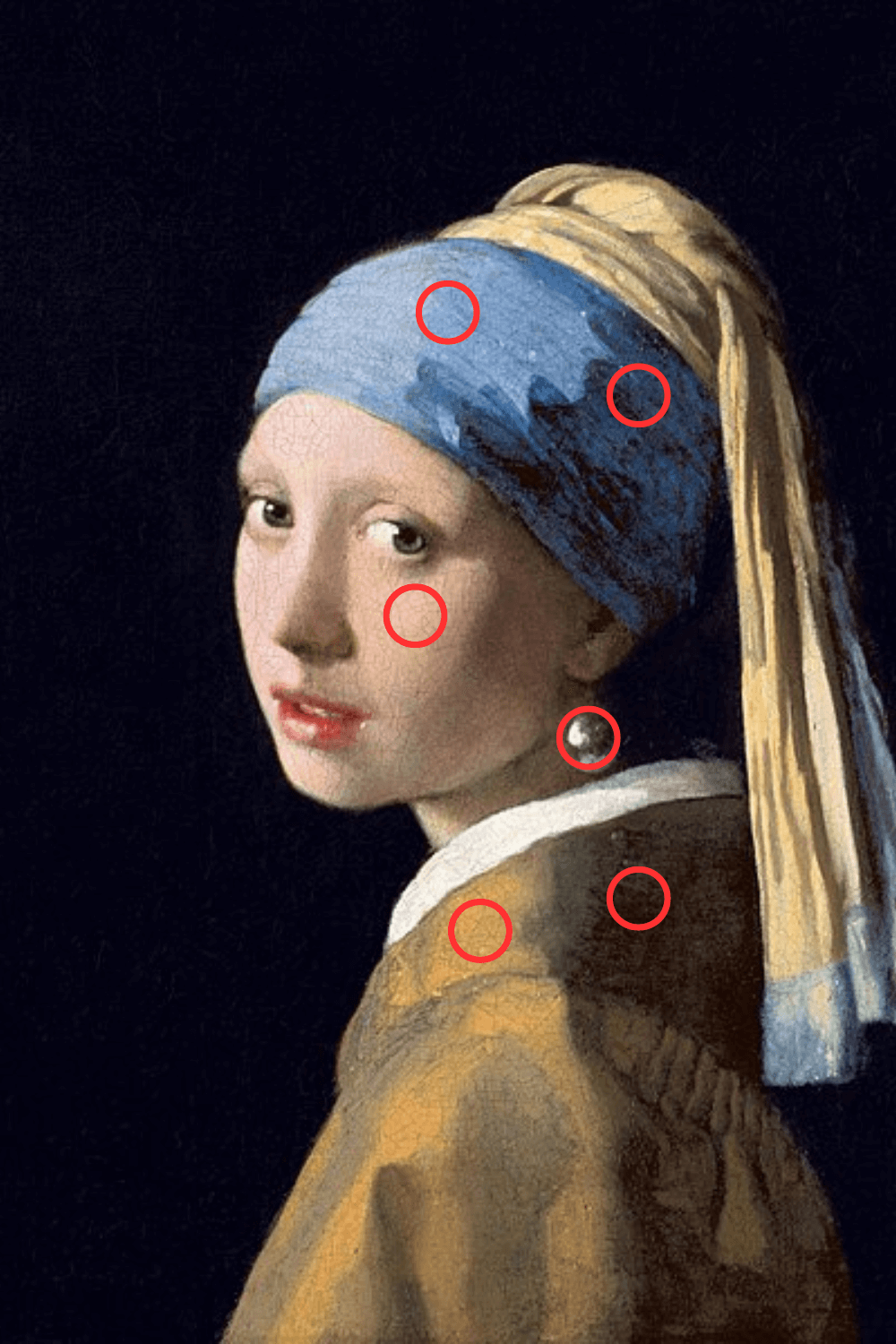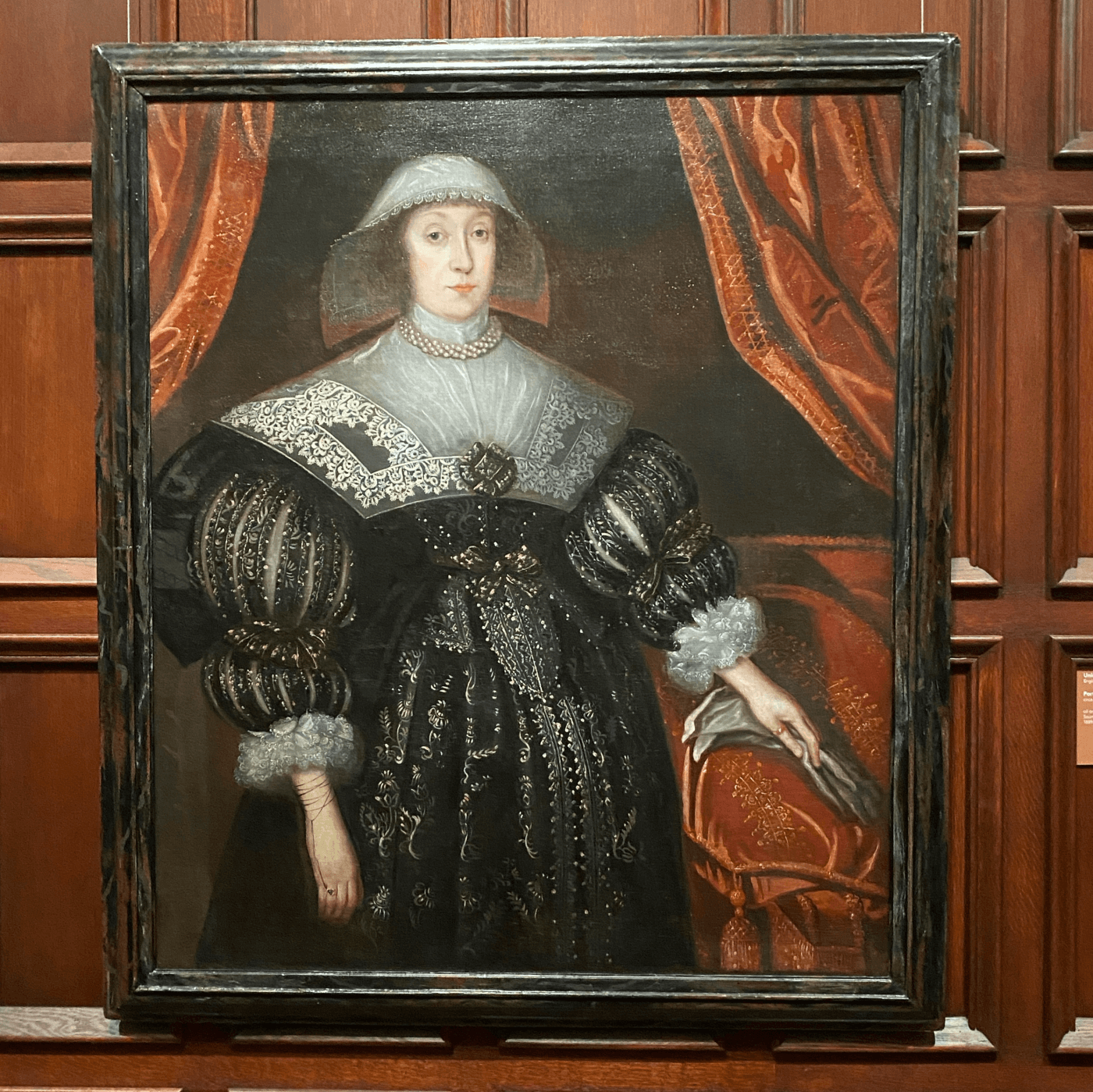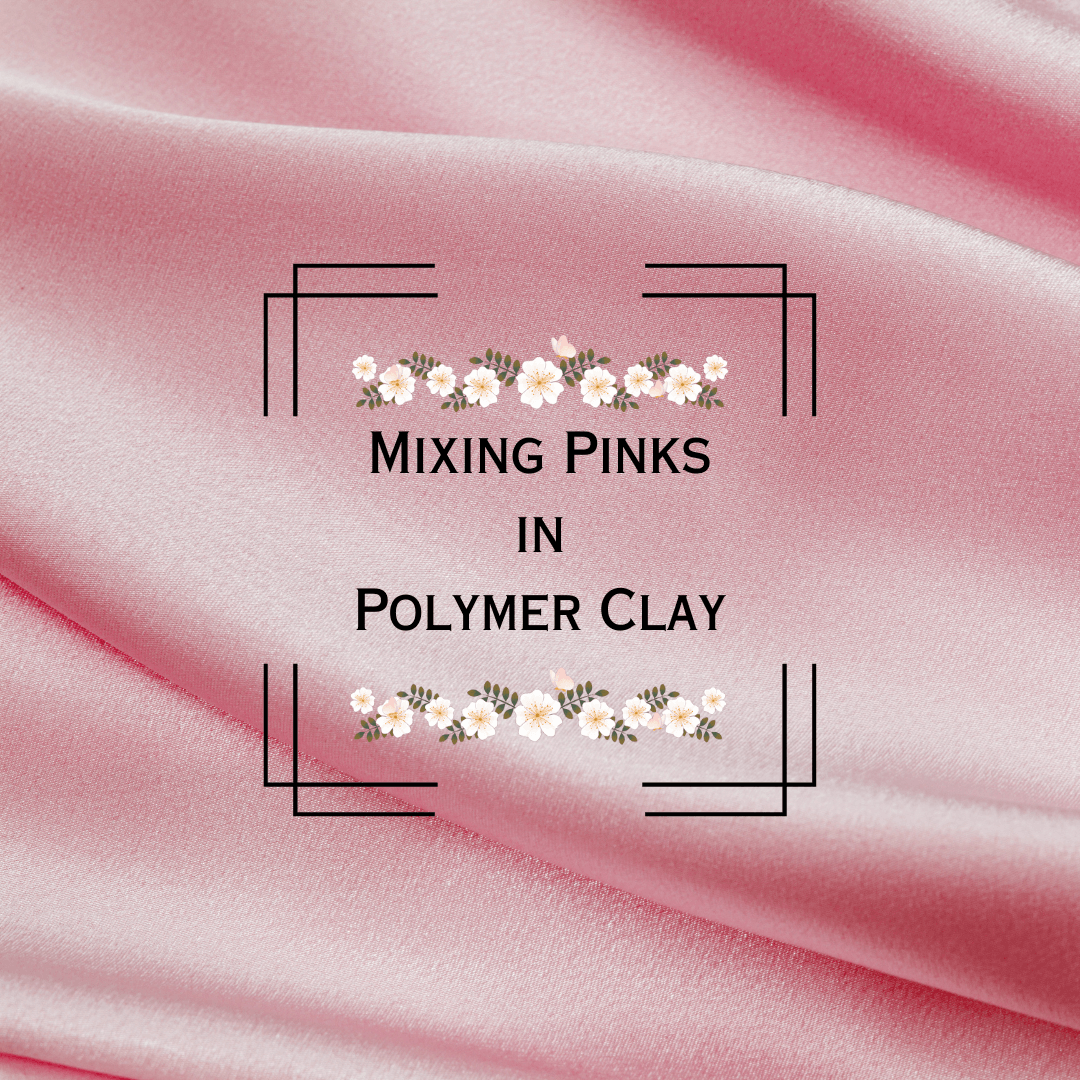"Good artists borrow; great artists steal." This quote, attributed to various influential figures such as Pablo Picasso, T.S. Eliot, and Steve Jobs, encapsulates a concept that can be applied to our own polymer clay artwork. While the origin of the quote may remain a mystery, its essence holds true when it comes to finding color inspiration.
If you find yourself stuck and in need of fresh ideas, look no further than your favorite paintings. Often, you'll discover the perfect palette hiding within these masterpieces. Let's take a closer look at one of my personal favorites: Johannes Vermeer's "Girl with a Pearl Earring," painted in 1665. The vibrant blues, golds, and browns against the dark background captivate me, while the girl's face and clothing beautifully complement the focal point of the painting—the pearl earring.
Johannes Vermeer's "Girl with a Pearl Earring," Public domain, via Wikimedia Commons
To create my own polymer clay color palette, I decided on six colors. Since black is a basic universal color, I excluded it from my selection. Analyzing Vermeer's painting, I observed the two dominant blue shades in the headscarf, the rich golds and browns of the robe, the blush on the girl's cheeks, and, of course, the pearl itself.
To assist me in identifying the precise colors, I utilized the website https://imagecolorpicker.com/en. This user-friendly platform allows you to upload any desired photo or painting. I began with Vermeer's masterpiece:
After uploading the image to the website, I selected specific sites within the painting to sample colors from. By using the color picker tool, I gathered the following colors:
Here is the final palette. I love it, and can’t wait to mix the corresponding colors in polymer clay!
During this process, I often find myself surprised by the colors identified. For example, I hadn't anticipated the cheek color to appear so pink. However, after sampling it multiple times, this shade consistently emerged. The website conveniently provides the hex color code and rgba code, allowing for easy communication of the exact shades to others.
Now, you may be wondering about hex color codes and rgba codes. To delve deeper into these methods of communicating colors, I recommend checking out our accompanying blog post on the subject: https://www.polyclayemporium.com/a/blog/you-want-what-color-polymer-clay
In conclusion, borrowing inspiration from other artists and their works is a valuable technique for polymer clay artists. By studying paintings that resonate with us, we can unlock a plethora of color possibilities. Vermeer's "Girl with a Pearl Earring" serves as a testament to the power of colors and their ability to enhance artistic creations. So, don't be afraid to steal a color palette or two and make it your own—because that's what great artists do.
Sign up with your email at the bottom of this page to stay in the loop with PolyClay Emporium. Be the first to know about new Polymer Clay blog posts, exciting sales, and fresh product releases. Our blog is a hub of inspiration, tutorials, and expert tips to enhance your creative process. From beginner to advanced, we've got you covered with the latest trends and techniques in the polymer clay world.
Thank you for being part of the PolyClay Emporium family. We can't wait to inspire your Polymer Clay journey!
Warm Regards,
The PolyClay Emporium Team







